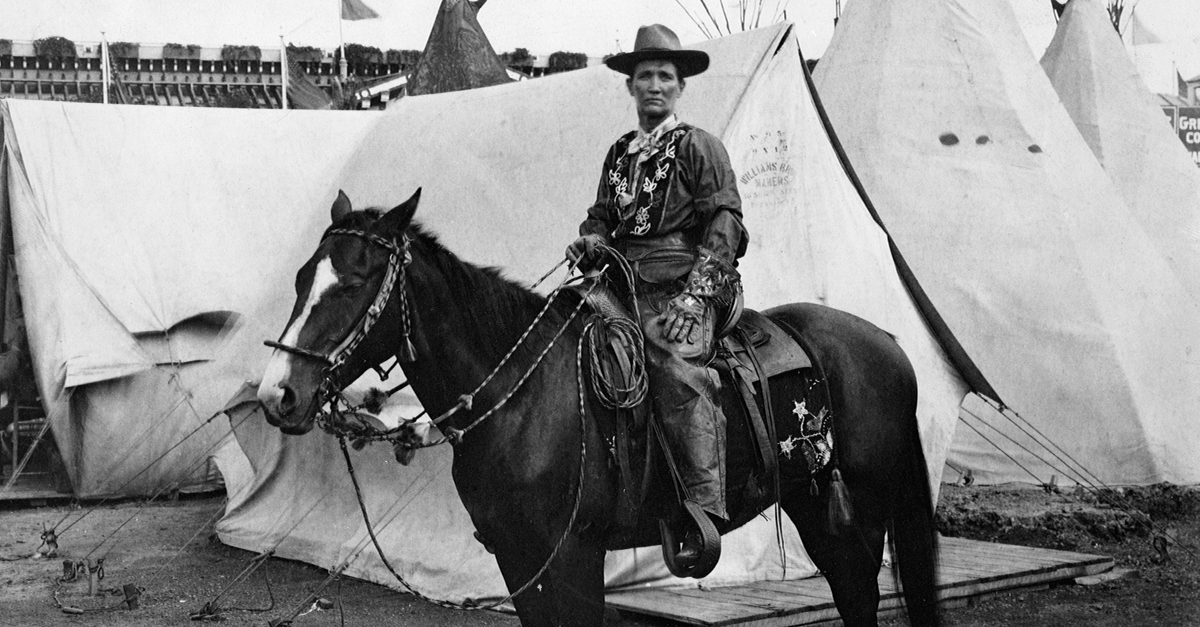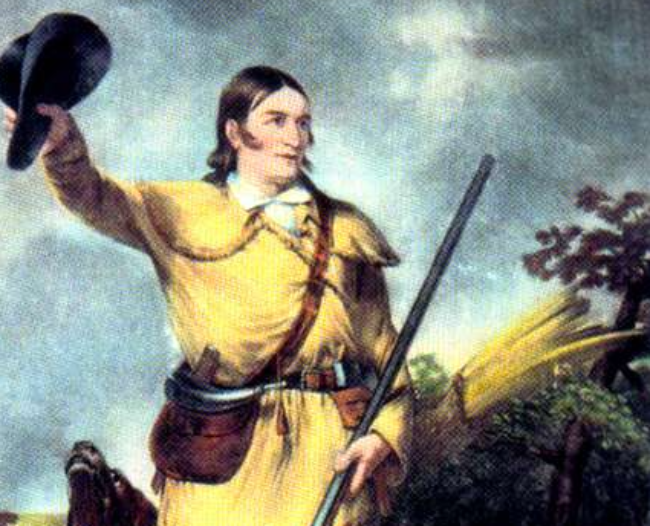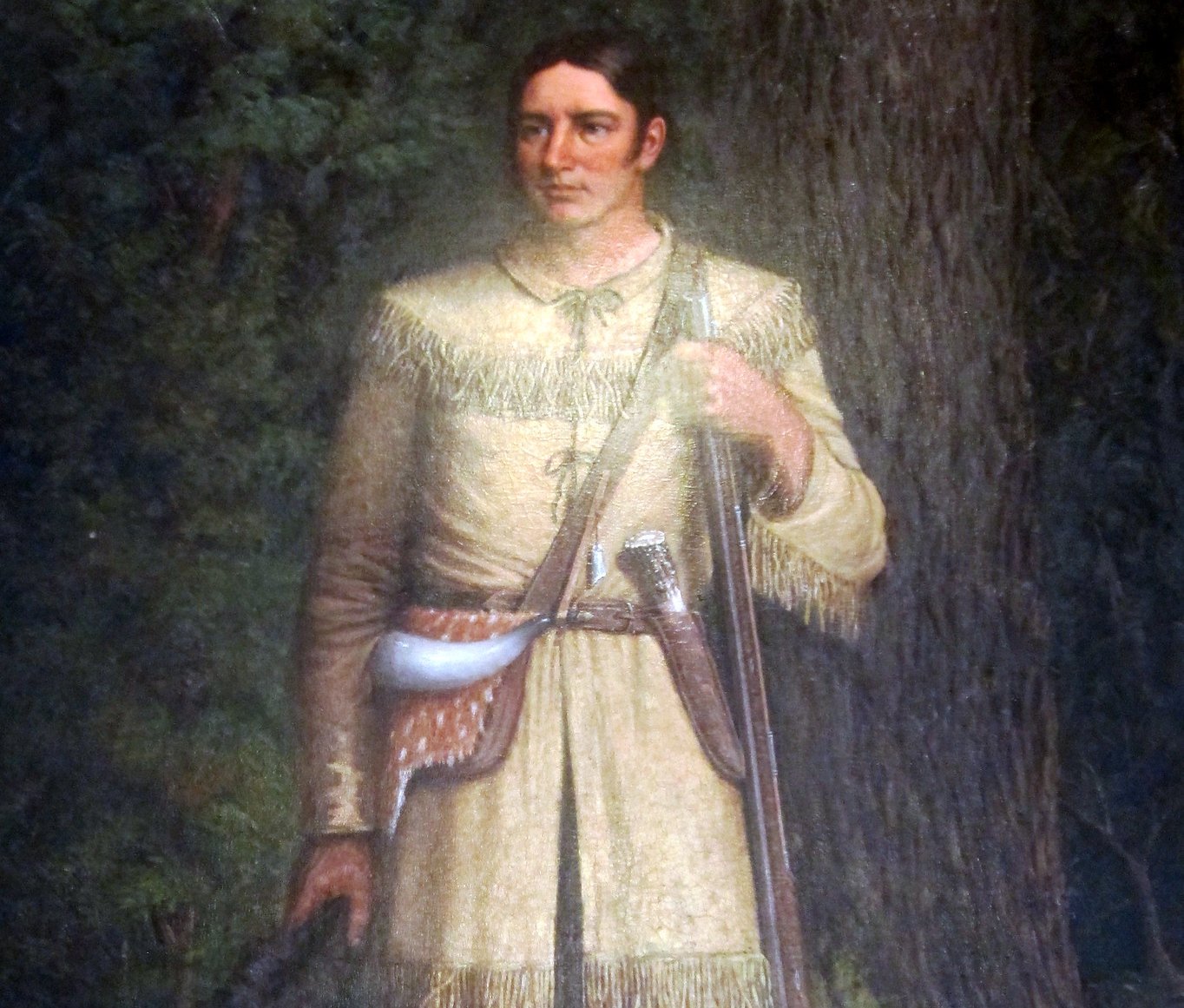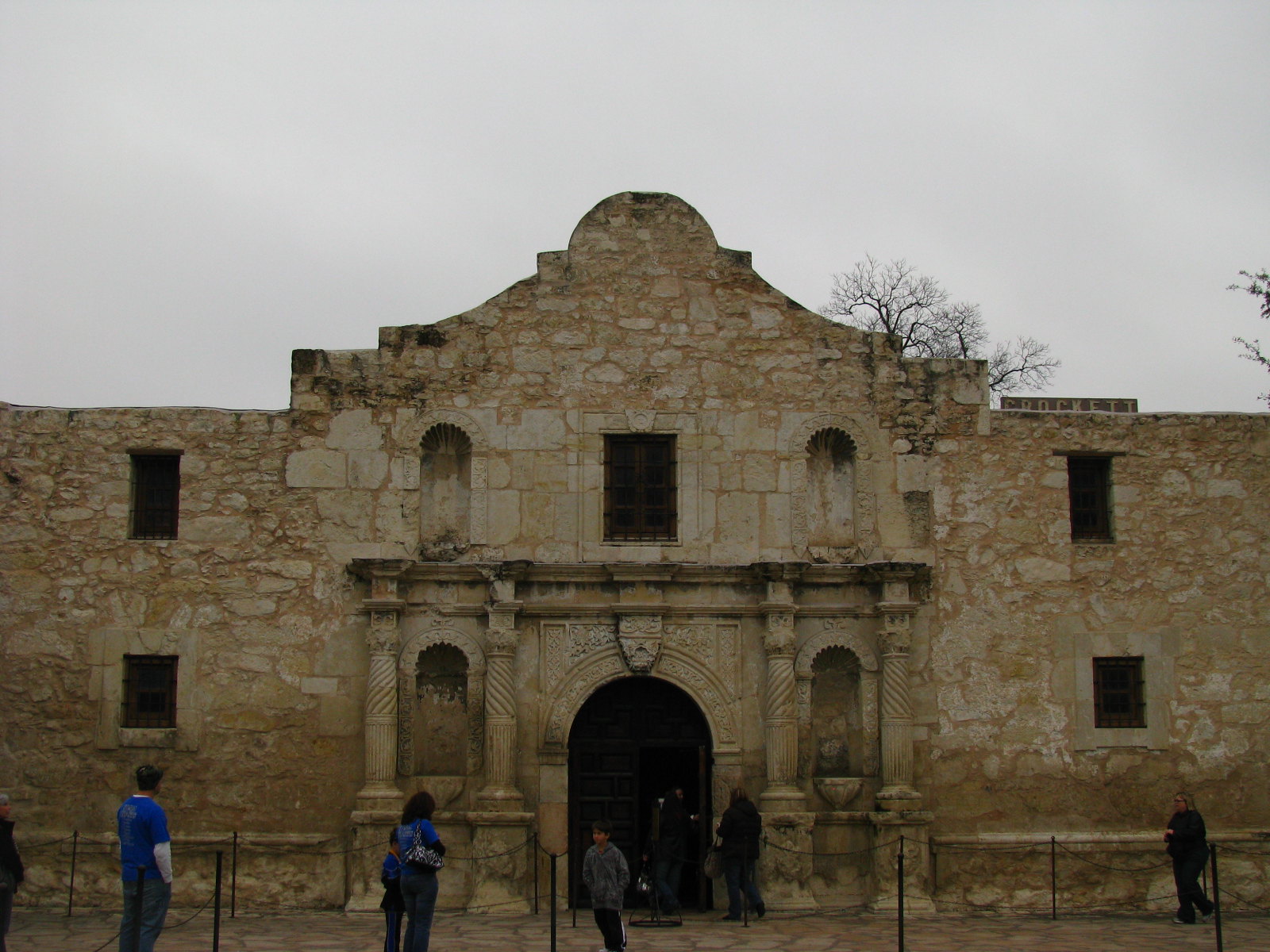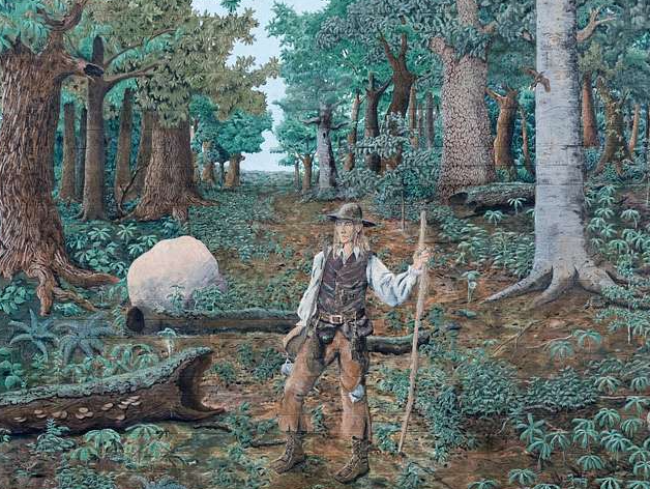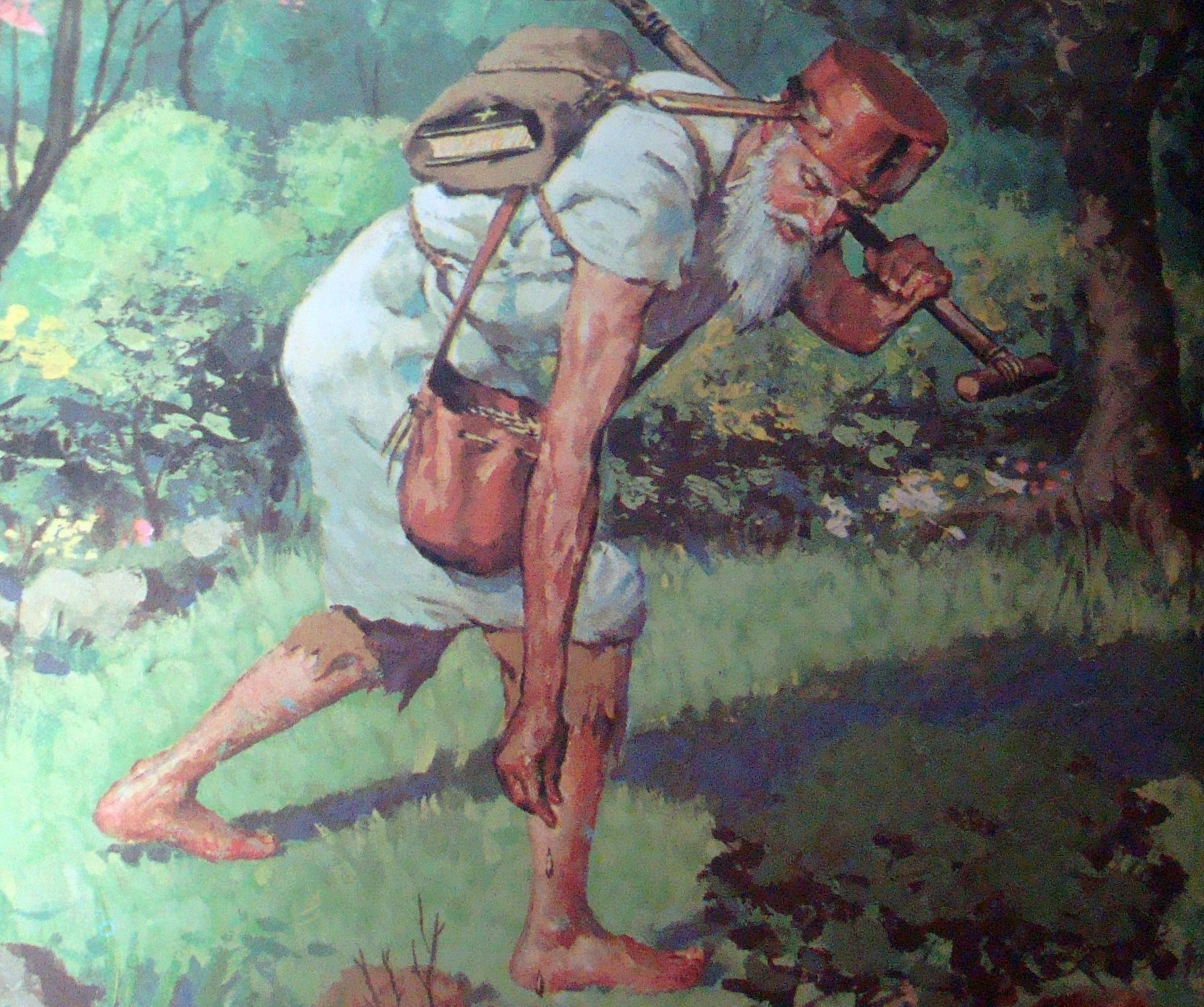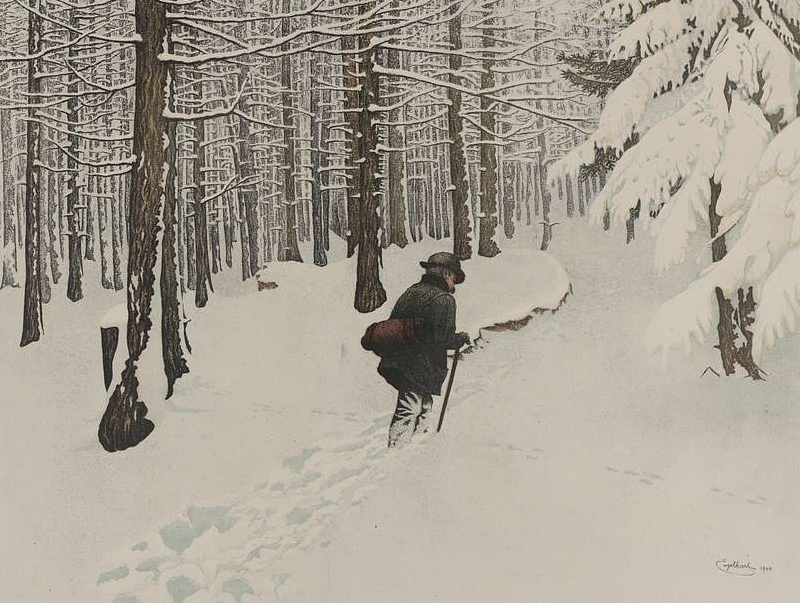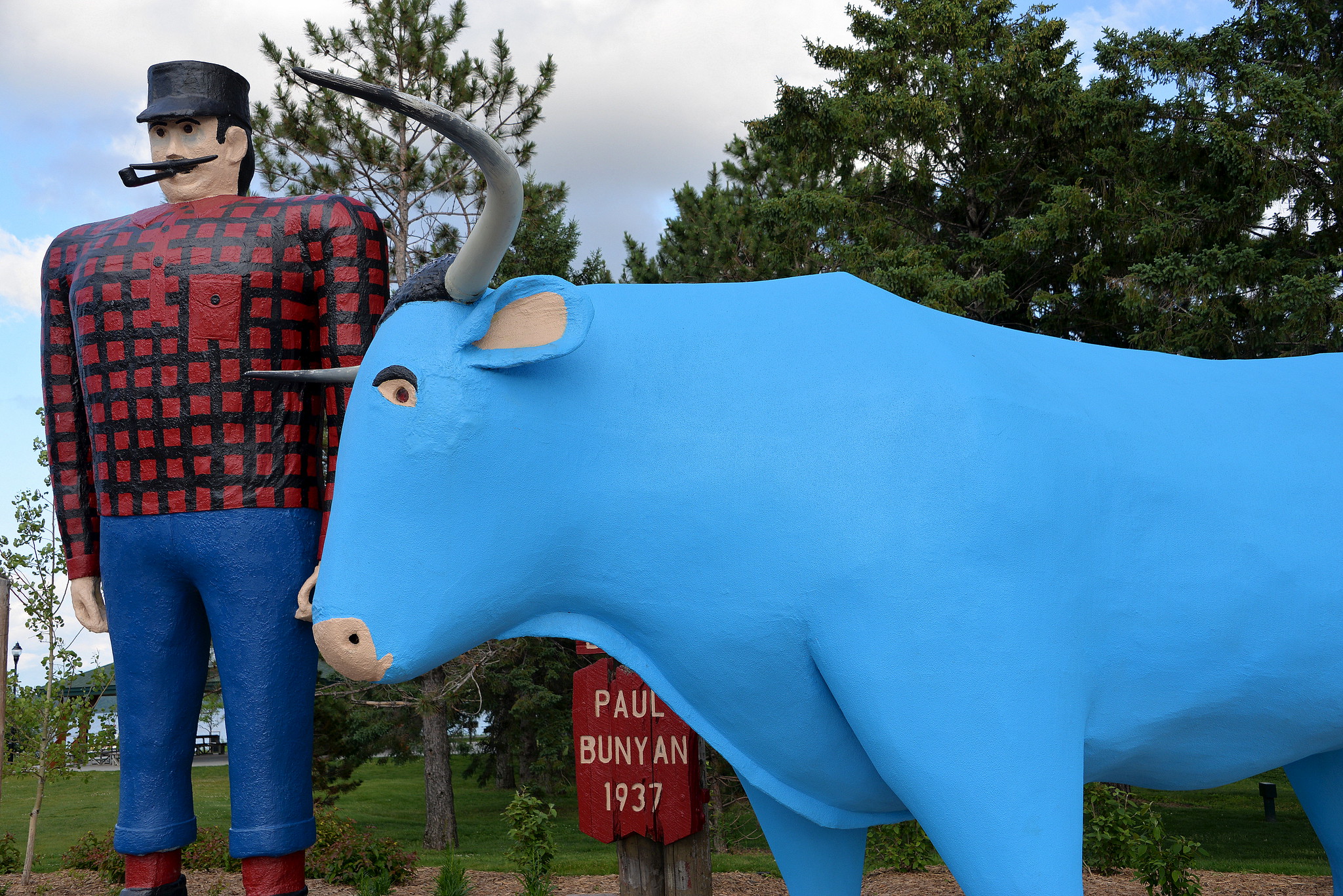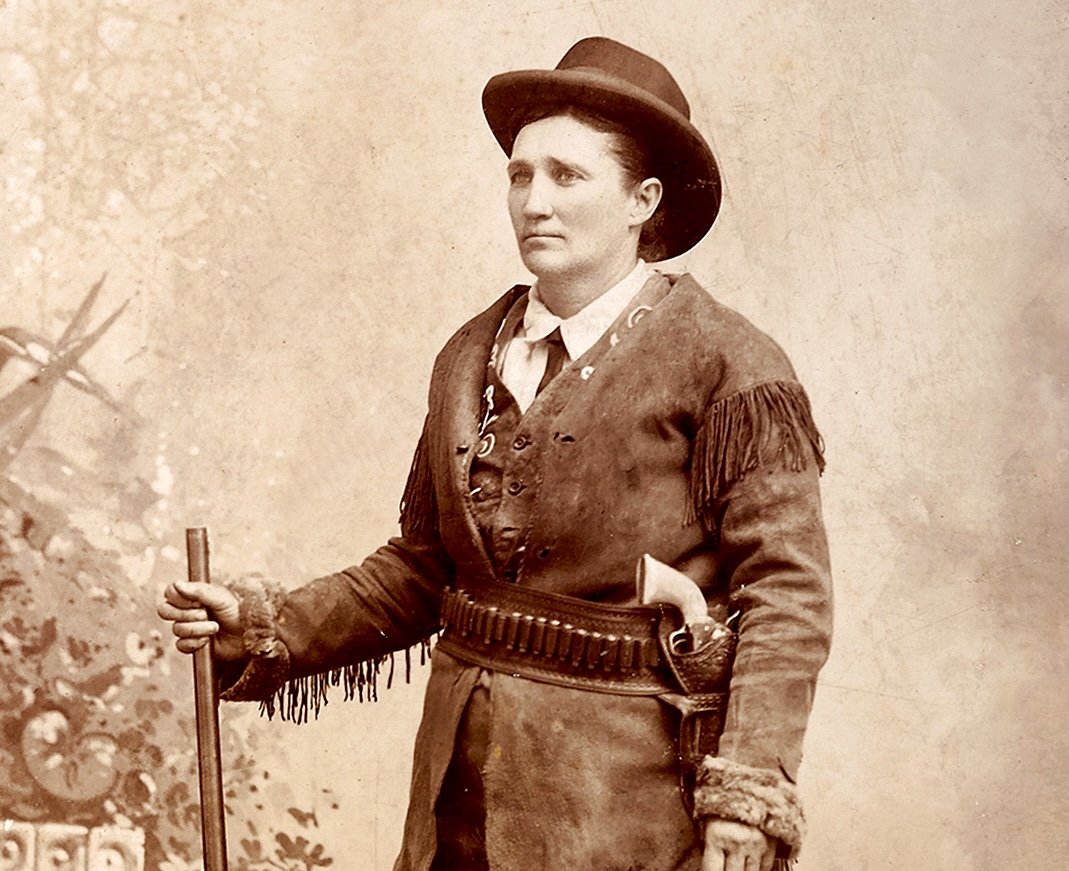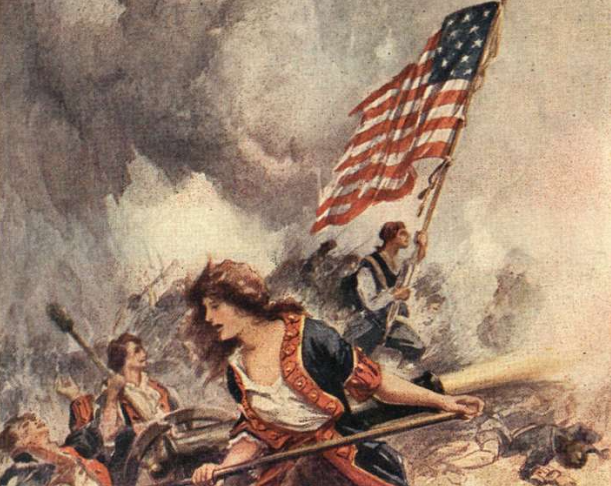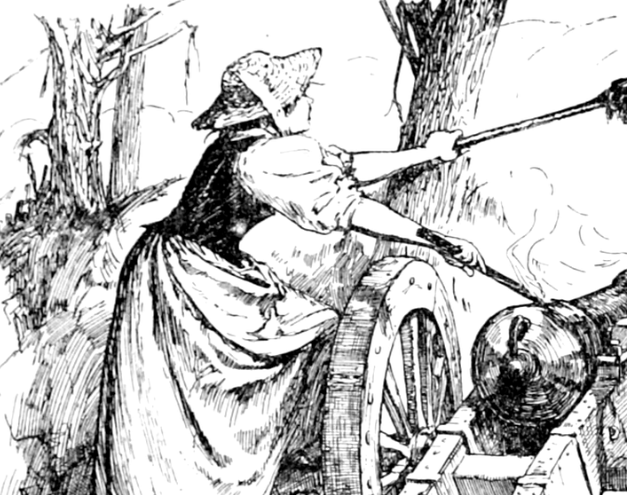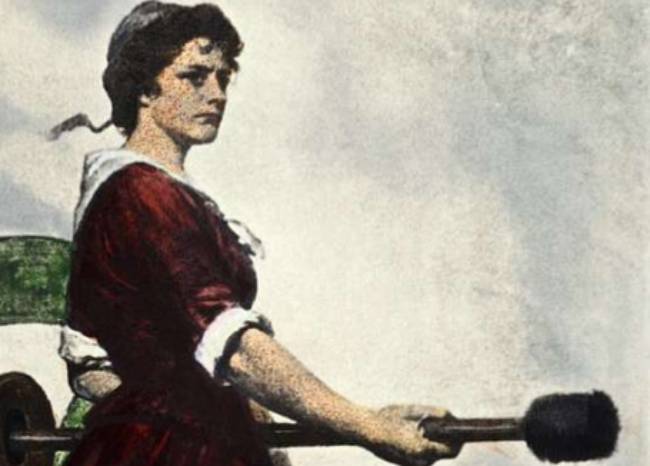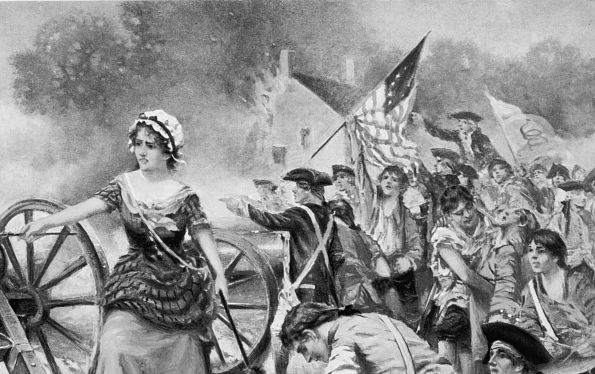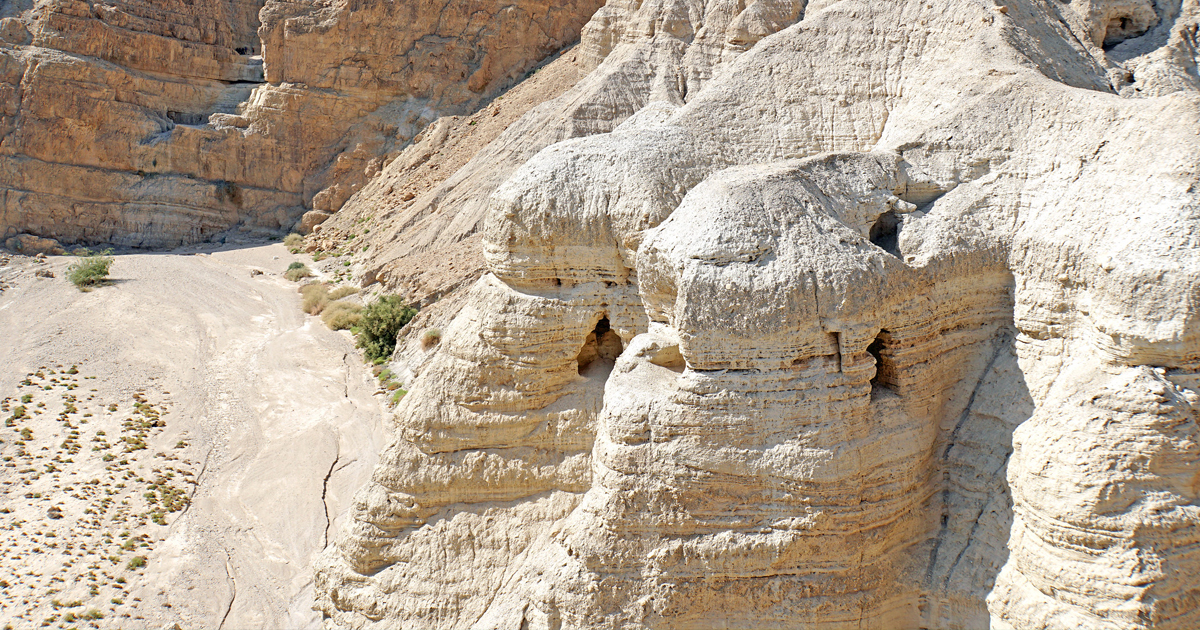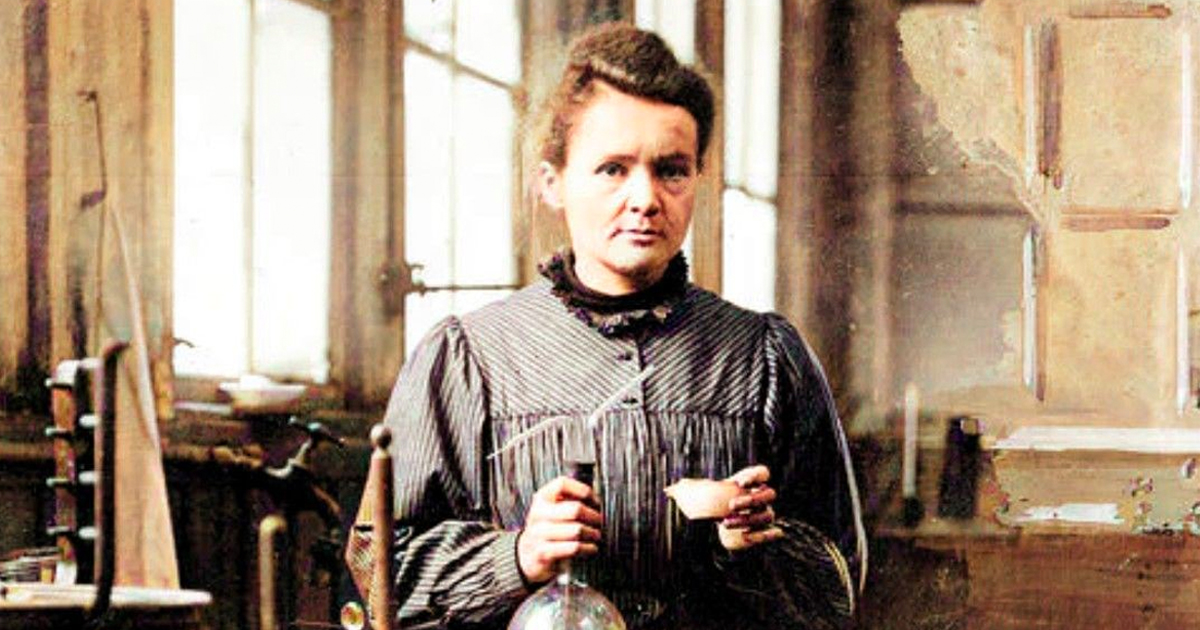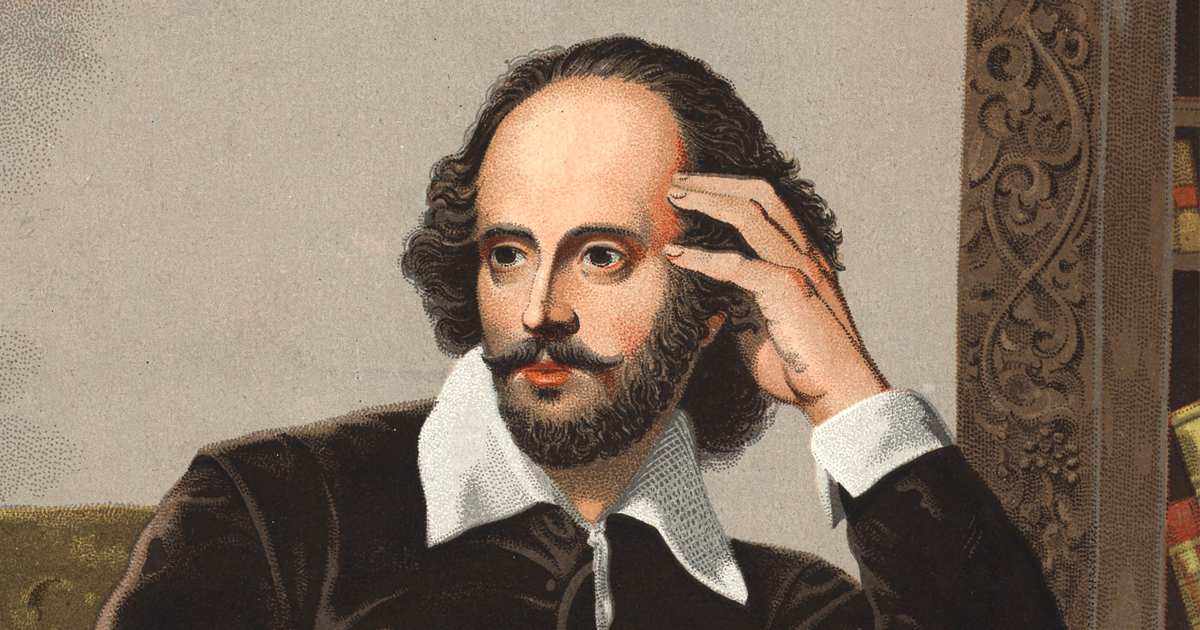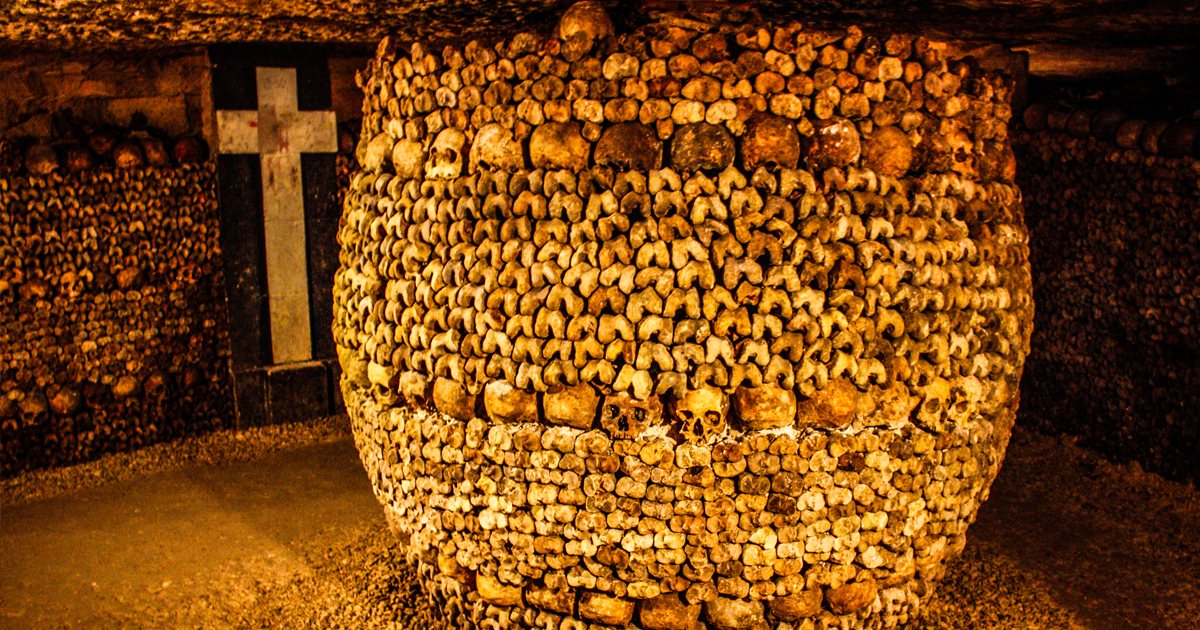These Folk Heroes' Stories Will Live Forever
Folk heroes' unbelievable stories have captivated the minds of many Americans. These are some of the most influential American folk heroes—and believe it or not, each of this people actually lived.
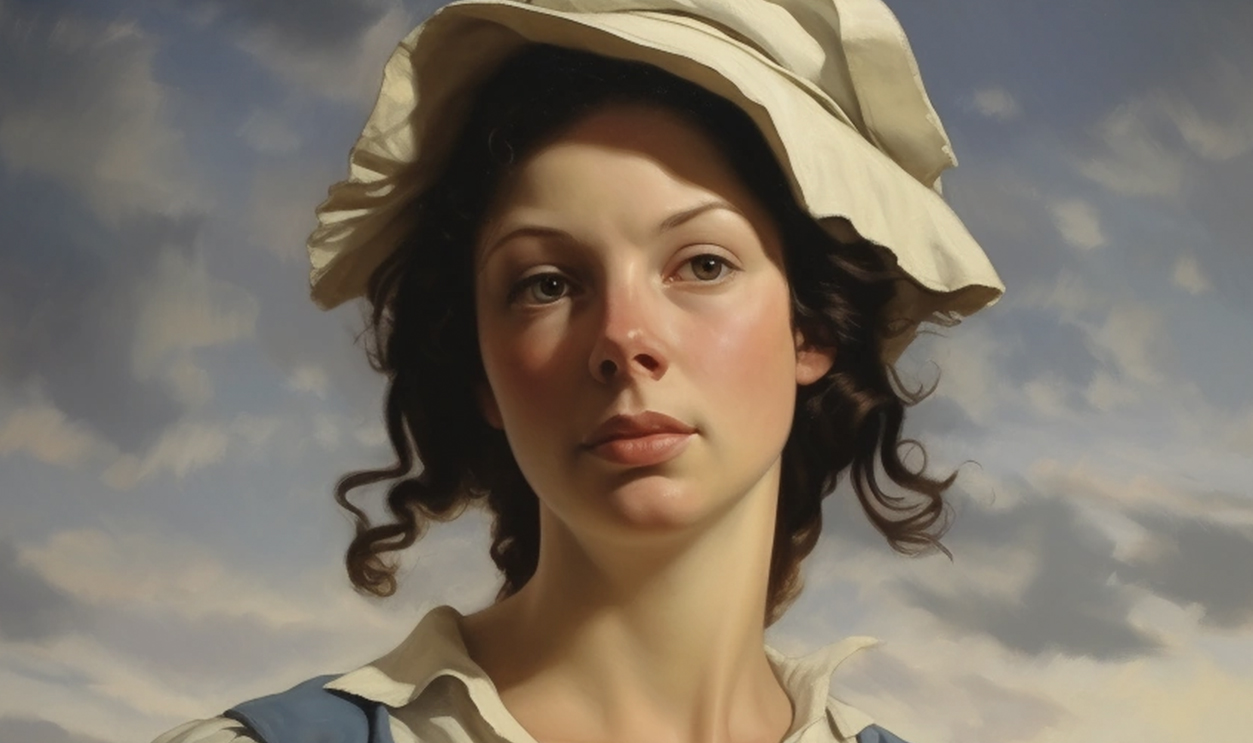
Davy Crockett
Born in 1786, Colonel David Crockett is certainly a familiar name. He was a famous American folk hero who wore many hats. Crockett was not only a militia officer and frontiersman who went to battle during the Texas Revolution, but he was also a politician. However, there is one title he is best known for.
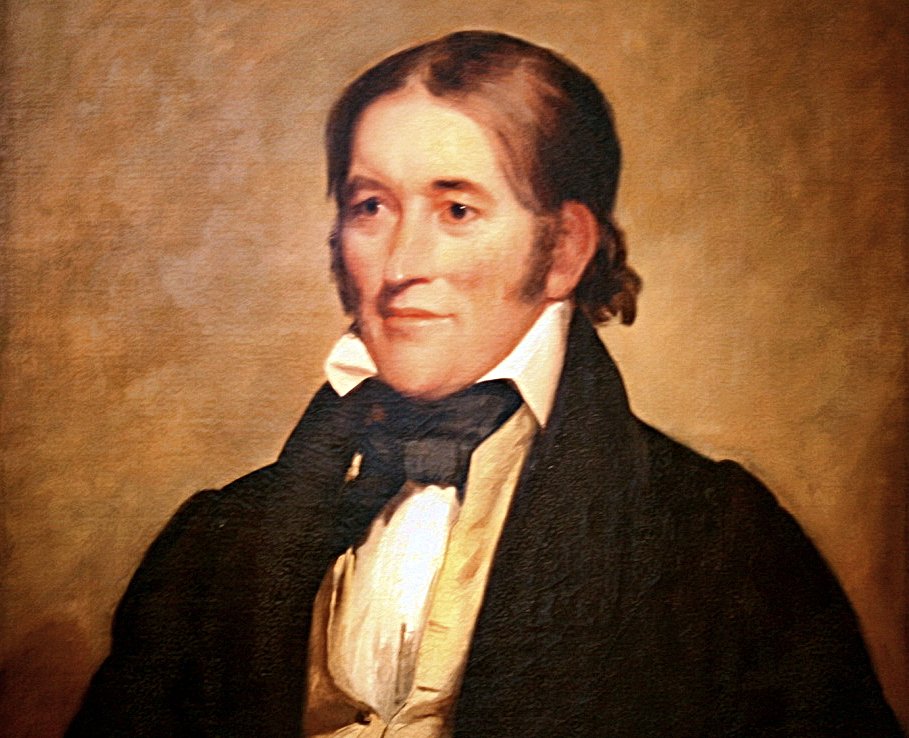 cliff1066, CC BY 2.0, Wikimedia Commons
cliff1066, CC BY 2.0, Wikimedia Commons
Davy Crockett
Crockett undoubtedly cemented his legacy with the title of the "King of the Wild Frontier"—but his road to becoming a mythical figure in American history was long and storied. The first rumblings of his destiny came from his youth, growing up in East Tennessee and harnessing a penchant for storytelling and hunting.
Davy Crockett
Crockett brought his firecracker personality to everything he did, even managing to rock the boat during his political career by opposing several of President Andrew Jackson's policies.
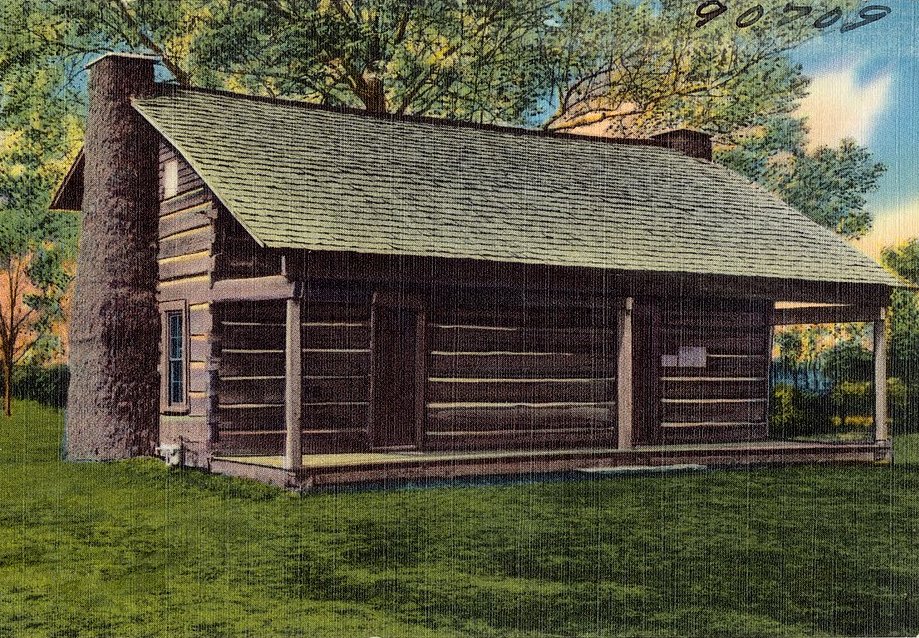 Tichnor Bros., Wikimedia Commons
Tichnor Bros., Wikimedia Commons
Davy Crockett
Crockett seemed to throw himself wholeheartedly into everything he was passionate about. But when he joined the Texas Revolution in 1836, this decision sealed his dark fate.
Davy Crockett
Unfortunately, Colonel David Crockett perished during the Battle of Alamo—though the true story of his demise remains hazy.
Some believe that he died fighting, while others say the Mexican Army captured and executed him. Either way, his grand adventures had a staying power he could have never foreseen.
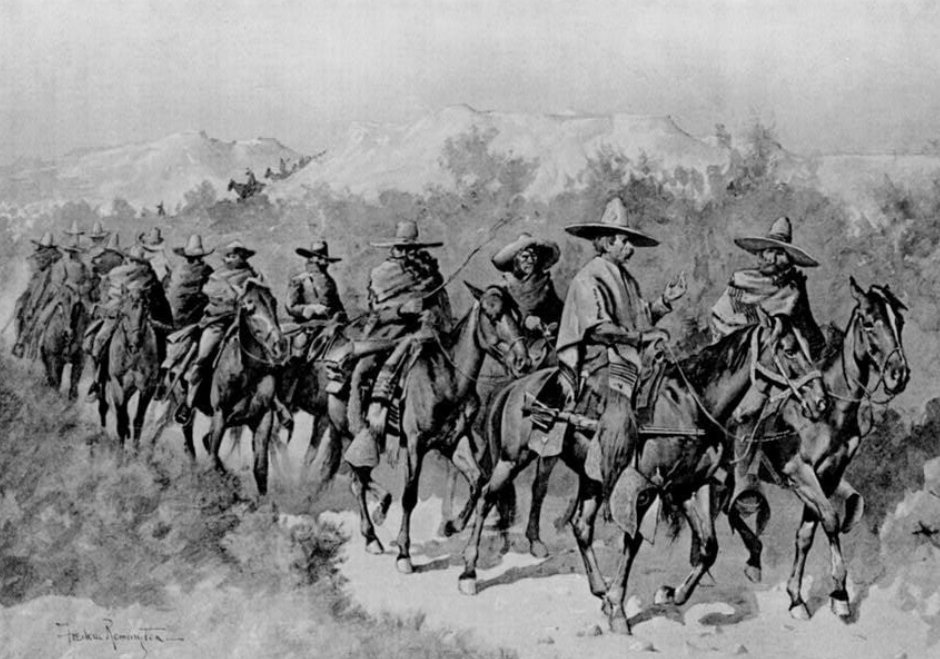 Frederic Remington, Getarchive
Frederic Remington, Getarchive
Davy Crockett
Crockett was such a larger-than-life character that he became immortalized in popular culture through plays, film, television, and almanacs.
Johnny Appleseed
The true story of John Chapman has become consumed by the legend his life inspired—that of Johnny Appleseed. His roots can be traced to Leominster, Massachusetts, where he was born in 1774.
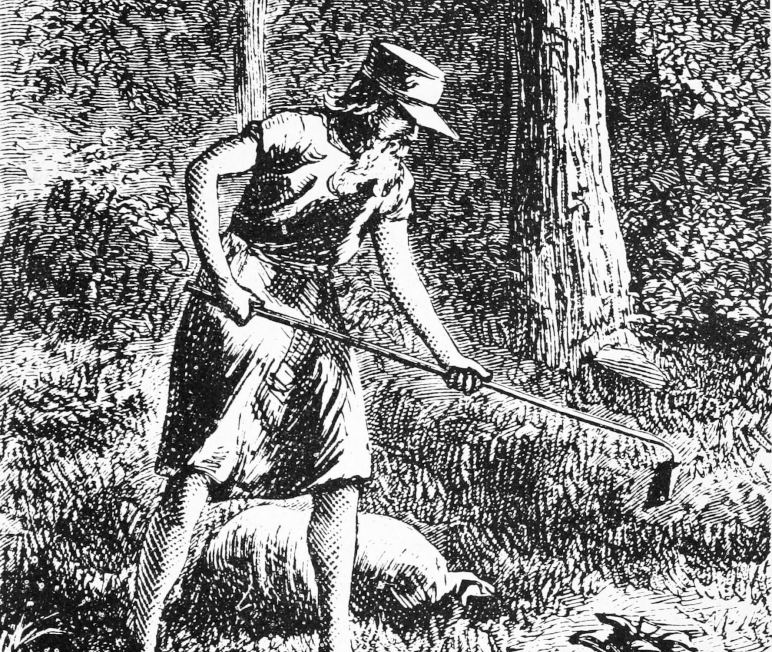 Unknown Author, Wikimedia Commons
Unknown Author, Wikimedia Commons
Johnny Appleseed
John was a dreamer at heart. He wanted to plant so many apple seeds that the fruit would be enough to keep everyone fed. But though he had these lofty aspirations, he was also an incredibly intelligent businessman—and he certainly worked hard to make his dreams come true.
Johnny Appleseed
Over five decades, John acquired land upon which he planted apple seeds. Though the fanciful stories about him make him seem like he was just spreading his apple seeds wherever he pleased, this just wasn't the case. John had a very organized plan.
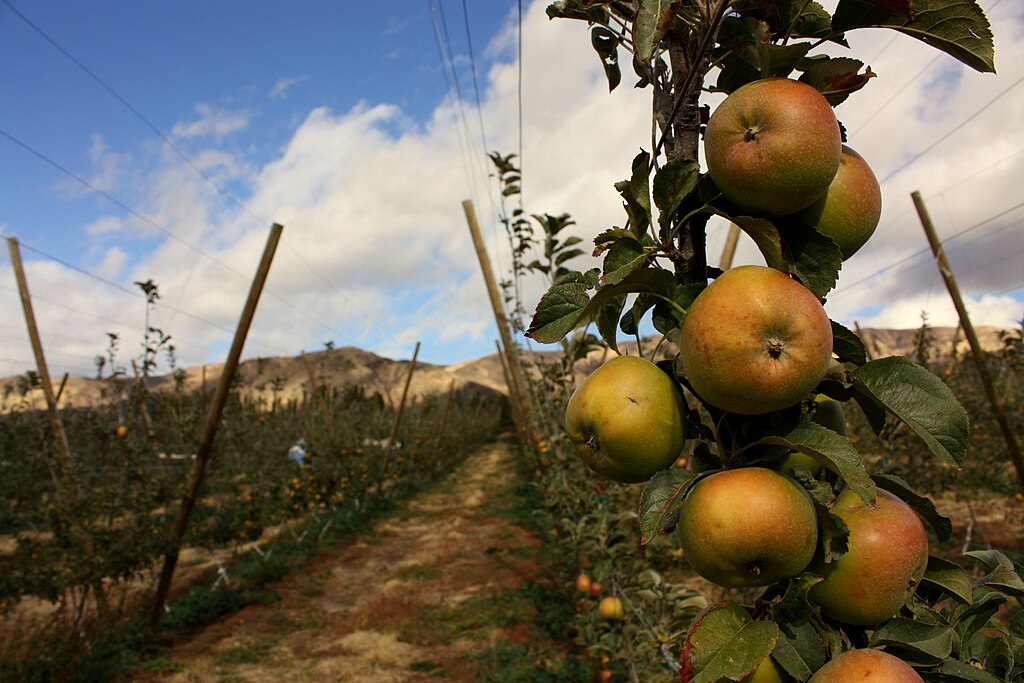 Leslie Seaton, CC BY 2.0, Wikimedia Commons
Leslie Seaton, CC BY 2.0, Wikimedia Commons
Johnny Appleseed
John knew how to properly cultivate his apple trees, making sure to pick the correct location for his many nurseries. He tended to his business carefully. Over time, he earned the nickname "apple seed man," and this, of course, eventually grew into "Johnny Appleseed".
However, it wasn't just the apple seeds that transformed him into one of history's great folk heroes.
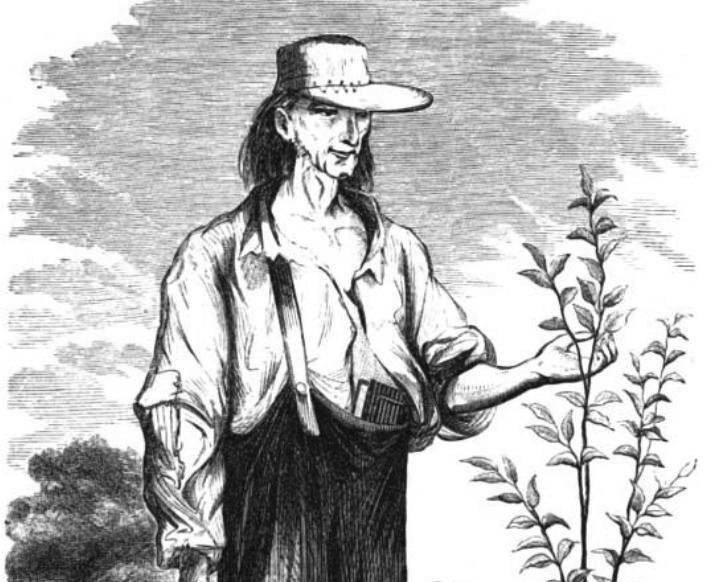 H. S. Knapp, Wikimedia Commons
H. S. Knapp, Wikimedia Commons
Johnny Appleseed
John gained an excellent reputation among his peers. His neighbors always welcomed him with open arms, and children adored him. He was also known to be extremely selfless—always thinking about the welfare of others.
Of course, it may have been exactly this generosity that made him so "funny looking".
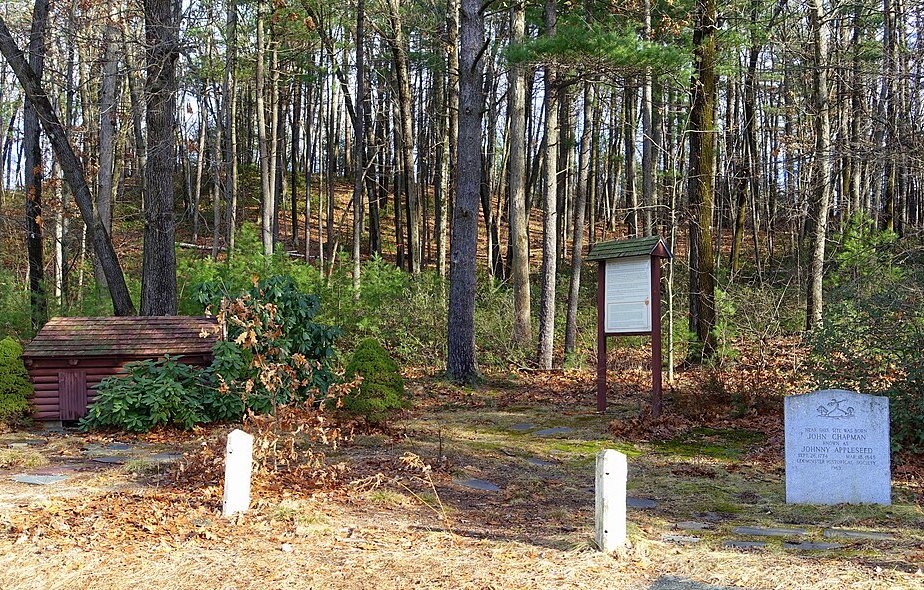 Daderot, CC0, Wikimedia Commons
Daderot, CC0, Wikimedia Commons
Johnny Appleseed
According to the tall tales about Johnny, his clothing choices were utterly bizarre. Apparently, he only wore a coffee sack and no shoes at all, preferring to give well-made garments to those most in need of them. He was happy to live a modest life for the benefit of others.
Johnny Appleseed
Legend has since made John out to be quite wild—even sleeping outside and trudging through the snow with his bare feet. The stories also claim that the only time he fell ill was when he came down with a fatal bout of pneumonia in 1845.
Paul Bunyan
Paul Bunyan is literally larger than life—an American giant lumberjack character that represents strength in every sense of the word. The stories that revolve around him are classic frontier tall tales that have captivated imaginations for decades.
Paul Bunyan
Paul's character is powerful and unperturbed by any challenge thrown his way, including horrific weather or even massive mosquitoes. In these amazing stories, he even has the ability to shape the land—responsible for such wonders as Puget Sound, the Black Hills, and even the Grand Canyon. But that isn't all.
 Augustus William Ericson, Wikimedia Commons
Augustus William Ericson, Wikimedia Commons
Paul Bunyan
As a towering giant, Paul is also known for his astounding appetite for food. An amusing picture is called to the mind when one imagines him cooking up some hotcakes on an enormous griddle or firing up a giant camp stove. But though these tales are all fictional, there's reason to believe that the famous character may have been based on a very real man.
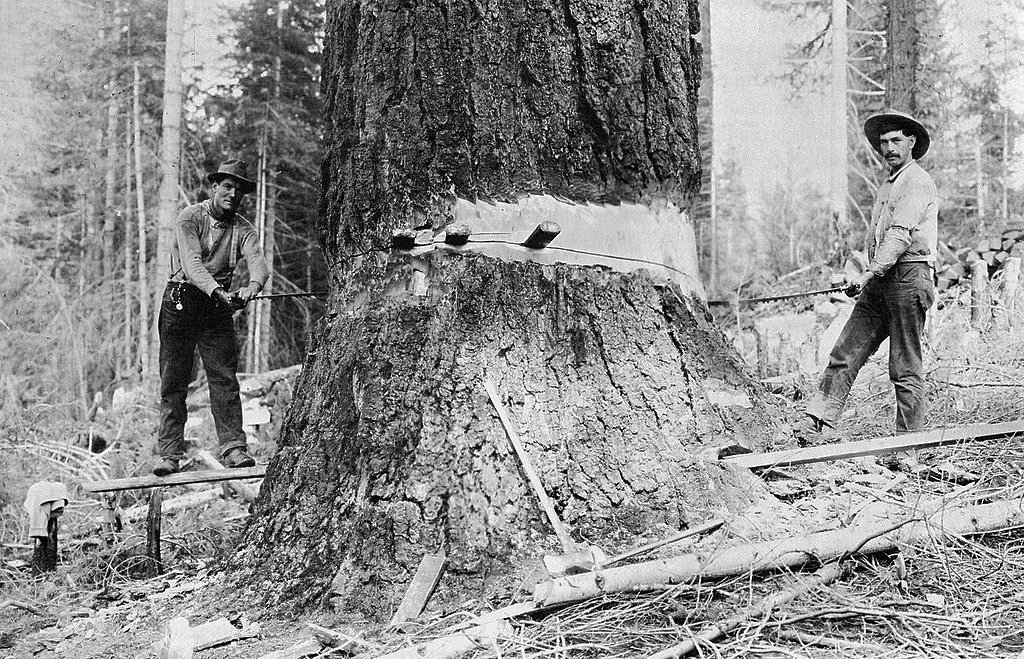 Madera Sugar Pine Company, Wikimedia Commons
Madera Sugar Pine Company, Wikimedia Commons
Paul Bunyan
According to oral folklore, Paul Bunyan may have been known among lumbermen in the Northwest, Pennsylvania, and Wisconsin. But over time—beginning with James Macgillivray's "The Round River Drive" (1910)—writers transformed him into a mythical hero, his giant-like appearance dominating his story over his lumbering abilities.
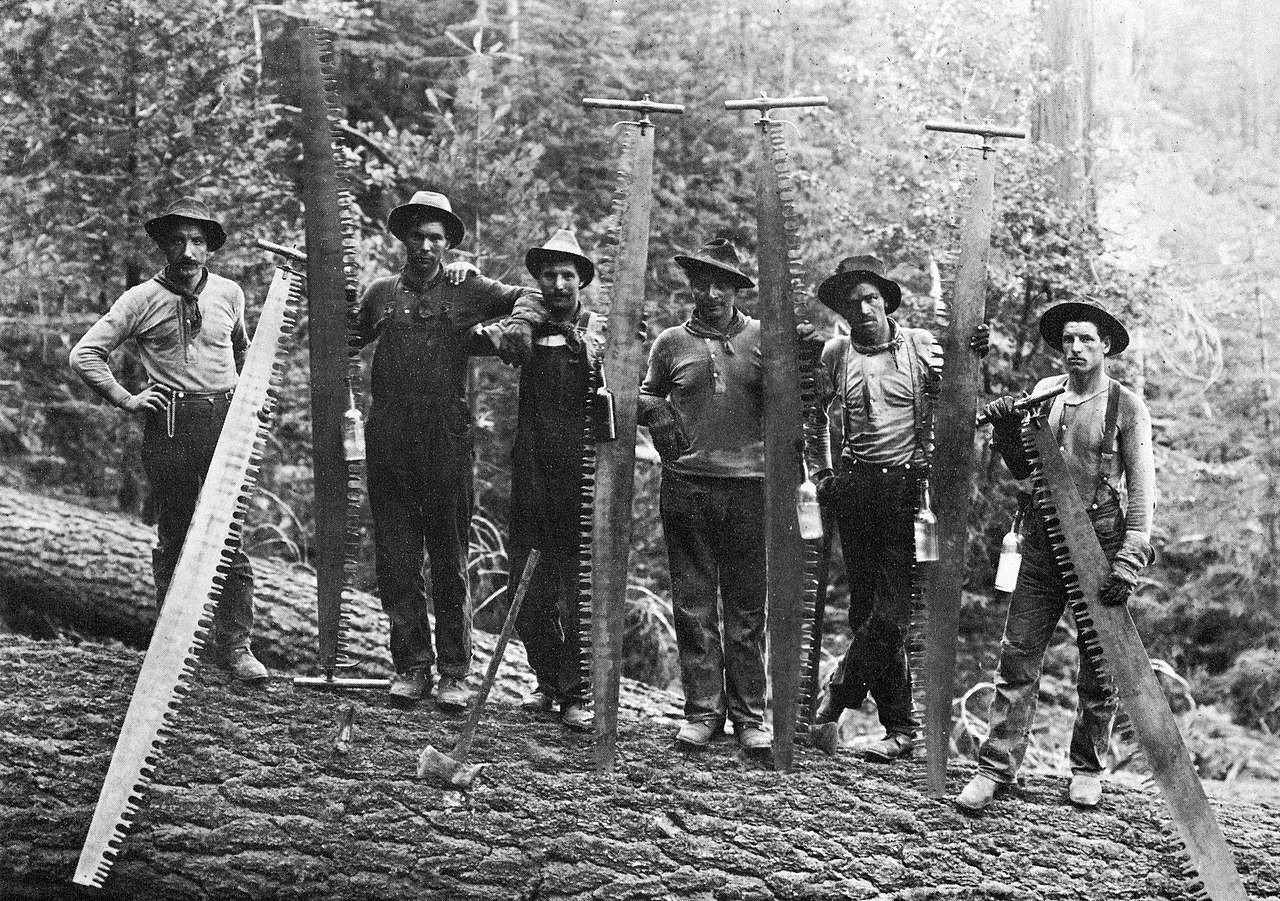 Madera Sugar Pine Company, Wikimedia Commons
Madera Sugar Pine Company, Wikimedia Commons
Paul Bunyan
The character of Paul Bunyan has since inspired many storytellers, including American poets like Robert Frost and Carl Sandburg. Even WH Auden wrote an operetta about him.
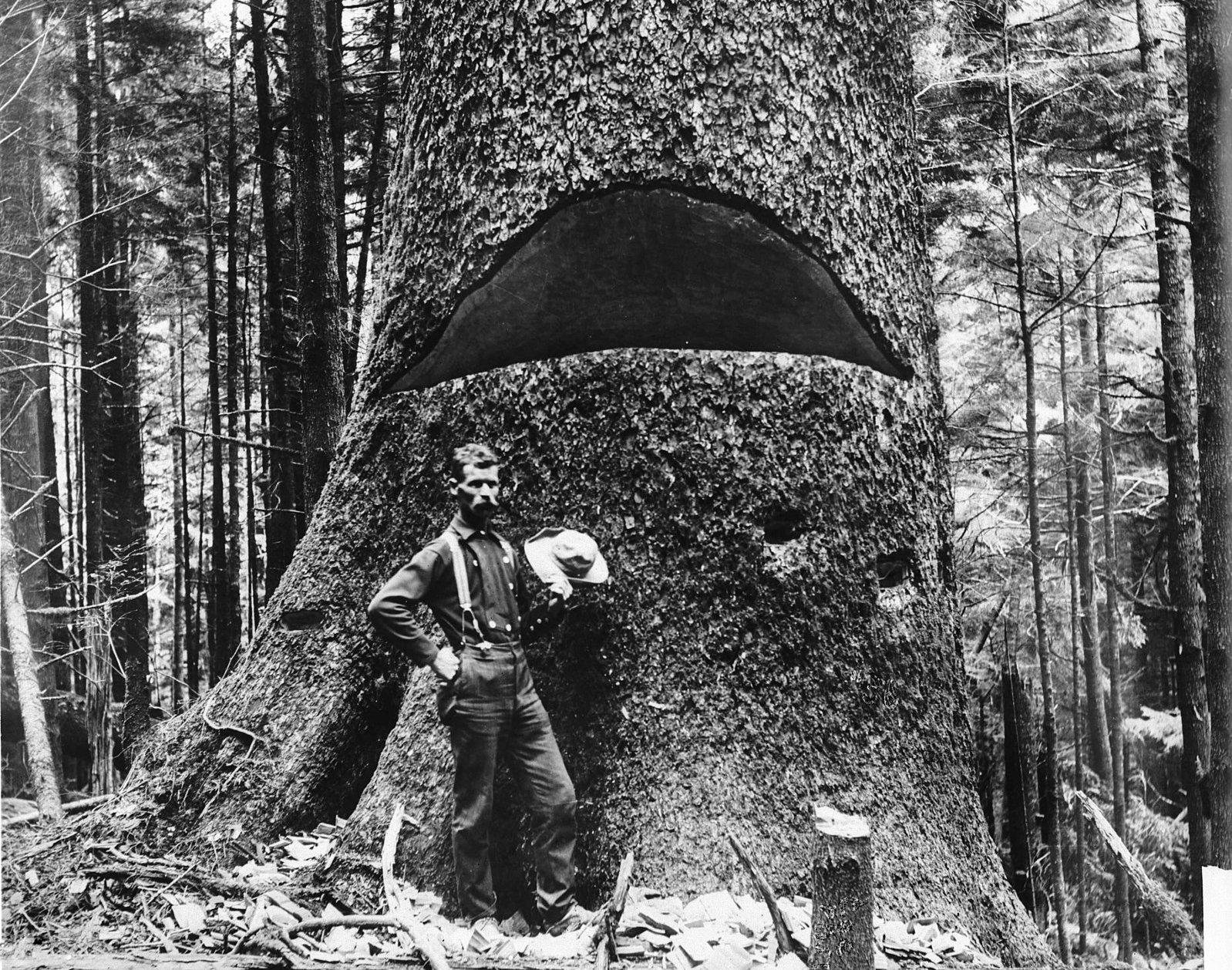 Unknown Author, Wikimedia Commons
Unknown Author, Wikimedia Commons
Daniel Boone
Daniel Boone is one of America's very first folk heroes. Born in 1734, this frontiersman became renowned for his travels to Kentucky, which was outside of the Thirteen Colonies at the time. What he did there sparked a shocking ripple effect.
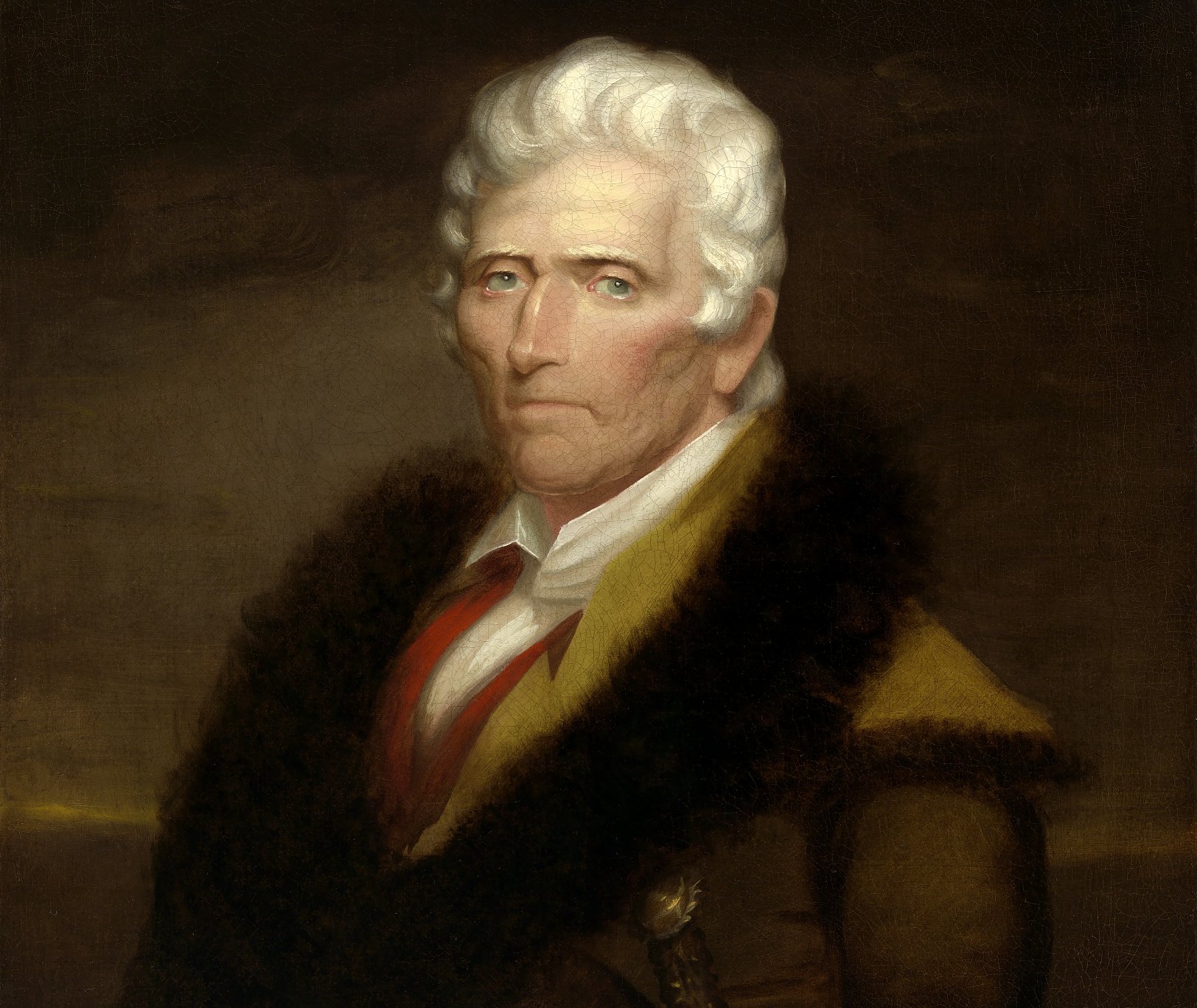 Chester Harding, Wikimedia Commons
Chester Harding, Wikimedia Commons
Daniel Boone
Boone was responsible for the discovery of the Wilderness Road in 1775, which led into Kentucky. Despite tensions with the Indigenous people in the area, he eventually established the aptly named Boonesborough—a settlement located to the west of the Appalachian Mountains.
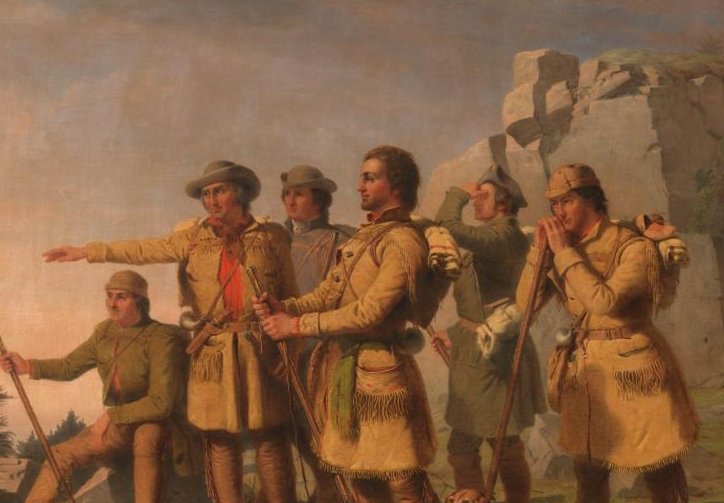 William Tylee Ranney, Wikimedia Commons
William Tylee Ranney, Wikimedia Commons
Daniel Boone
Thanks to Boone's exploratory prowess, the route he founded allowed over 200,000 people to gain access to Kentucky. However, the dark realities of his life were often overshadowed by the legacy of his adventures.
 George Caleb Bingham, Wikimedia Commons
George Caleb Bingham, Wikimedia Commons
Daniel Boone
In 1778, the Shawnee tribe allowed Boone to join them—but he eventually left for a harrowing reason. For one, his son met a terrible end at the hands of the Shawnee tribe members. And secondly, he wanted to focus on the Kentucky settlements. But Boone was no stranger to brutality.
 Karl Ferdinand Wimar, Wikimedia Commons
Karl Ferdinand Wimar, Wikimedia Commons
Daniel Boone
As a militia officer in the Revolutionary War, Boone knew the viciousness of battle firsthand. But his life after the revolution was even more fraught. He became a merchant and Kentucky land speculator—an occupation that eventually led to his severe debts and legal issues.
 Thomas Cole, Wikimedia Commons
Thomas Cole, Wikimedia Commons
"Wild Bill" Hickok
Fact and fiction are definitely blurred when it comes to the story of James Butler Hickok—best known as "Wild Bill" Hickok. This American folk hero of the Old West had several talents, but became especially renowned for his dramatic shootouts.
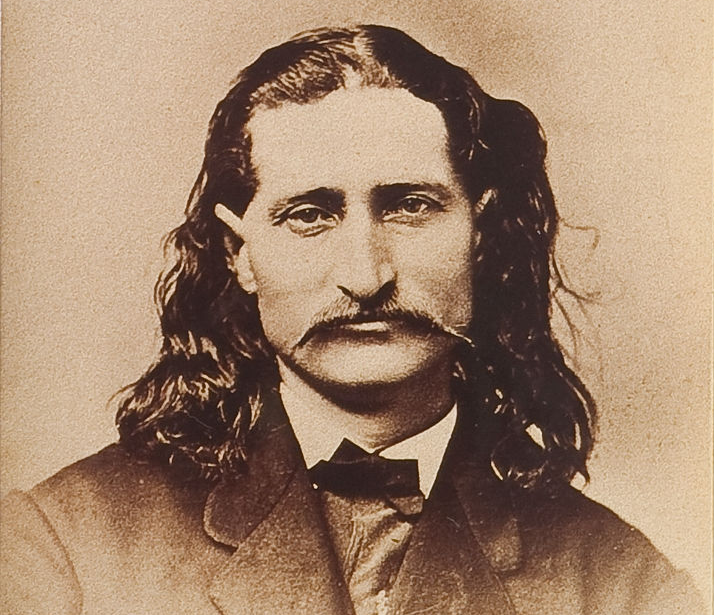 Unknown Artist, Wikimedia Commons
Unknown Artist, Wikimedia Commons
"Wild Bill" Hickok
On top of being rather trigger-happy, Hickok had a number of occupations over the course of his lifetime: officer, cattle rustler, lawman, showman, gambler, and actor. He lived out his days on the frontier, spouting tall tales about his own life, which have since come to color his overall legacy.
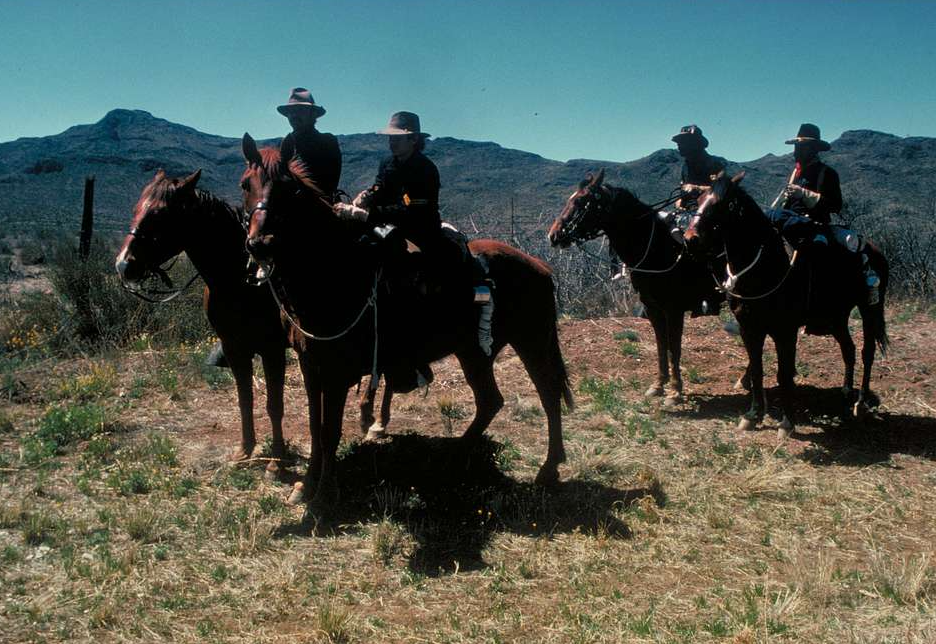 National Parks Gallery, Picryl
National Parks Gallery, Picryl
"Wild Bill" Hickok
Chaos and unruliness lorded over Hickok's young life—his world was extremely influenced by the many outlaw gangs in the state of Illinois, where he grew up. As a teen, Hickok felt magnetized to this risky lifestyle, but during the American Civil War, he joined the Union Army.
However, his reputation truly took off after he hung up his uniform.
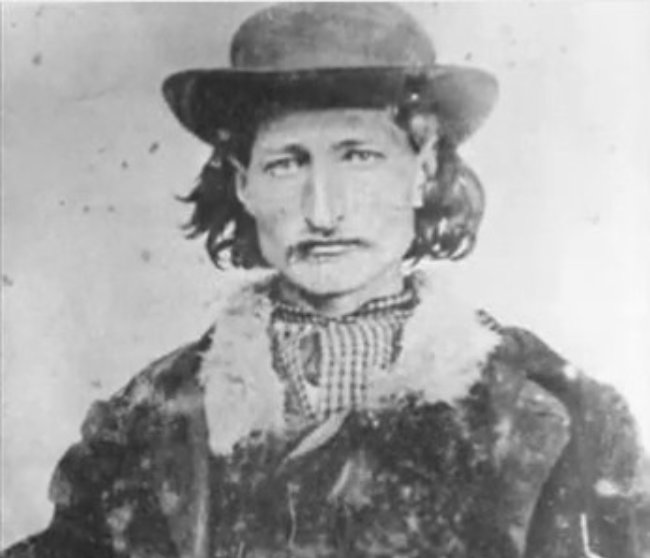 Unknown Author, Wikimedia Commons
Unknown Author, Wikimedia Commons
"Wild Bill" Hickok
Hickok became a serious gambler and marksman, but this only foreshadowed his chilling demise. In 1876, while playing a game of poker, he lost his life to another gambler, who shot him. But even his death became legendary.
 Unknown Artist, Wikimedia Commons
Unknown Artist, Wikimedia Commons
"Wild Bill" Hickok
Hickok's very last hand of cards earned itself its very own name—"the dead man's hand". This hand includes two pairs, black aces, and eights.
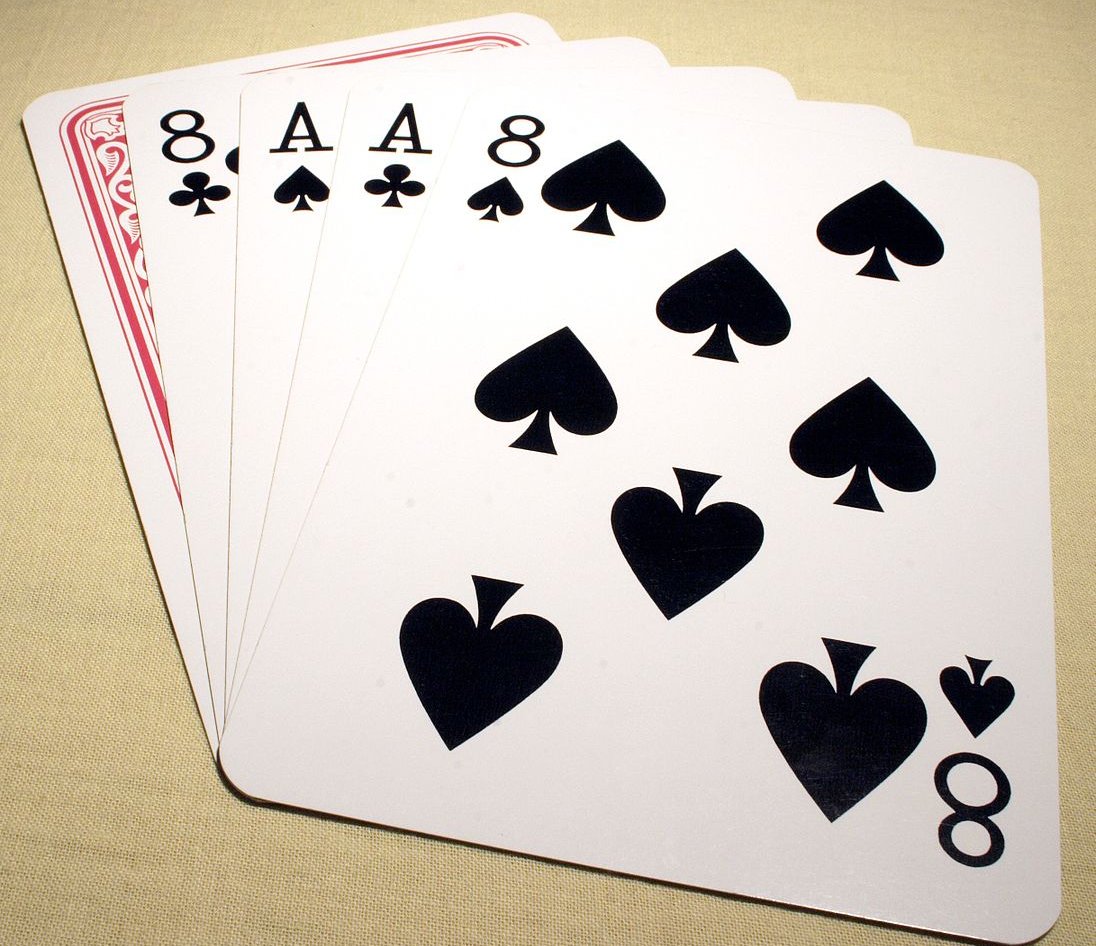 Tage Olsin, CC BY-SA 2.0, Wikimedia Commons
Tage Olsin, CC BY-SA 2.0, Wikimedia Commons
Calamity Jane
A woman with close ties to "Wild Bill" Hicok—but who was also an American folk hero in her own right—was Calamity Jane. Like Bill, the "facts" surrounding her life are hard to pin down. Born Martha Jane Cannary in 1852, this famous character had the most tragic beginnings.
Calamity Jane
Jane came from a pretty rough family. She was the oldest of six children, and her parents were not on the straight and narrow. They had a history of misdemeanors and were extremely poor. But the real trouble began after she lost her mother, followed by her father.
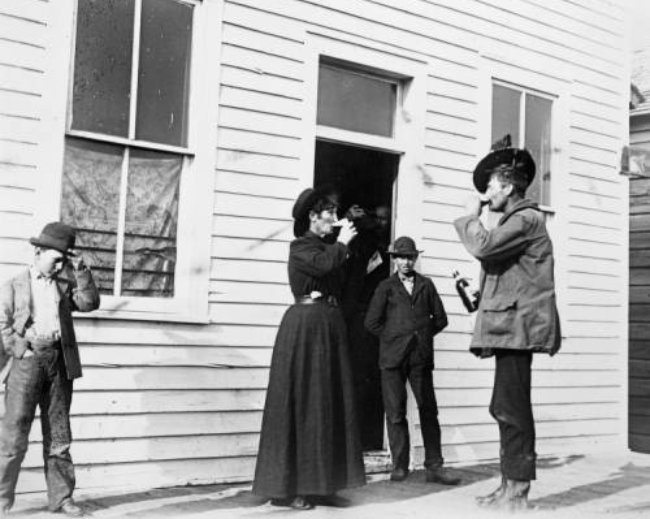 Mrs. E. G. Worden, Wikimedia Commons
Mrs. E. G. Worden, Wikimedia Commons
Calamity Jane
Jane was just 12 years old when she became the sole caretaker of her younger siblings. In order to survive, she chased any work she could—even jobs usually taken by men. She often wore men's garments and put on a brave face in some of the harshest conditions. However, she also had a scandalous side.
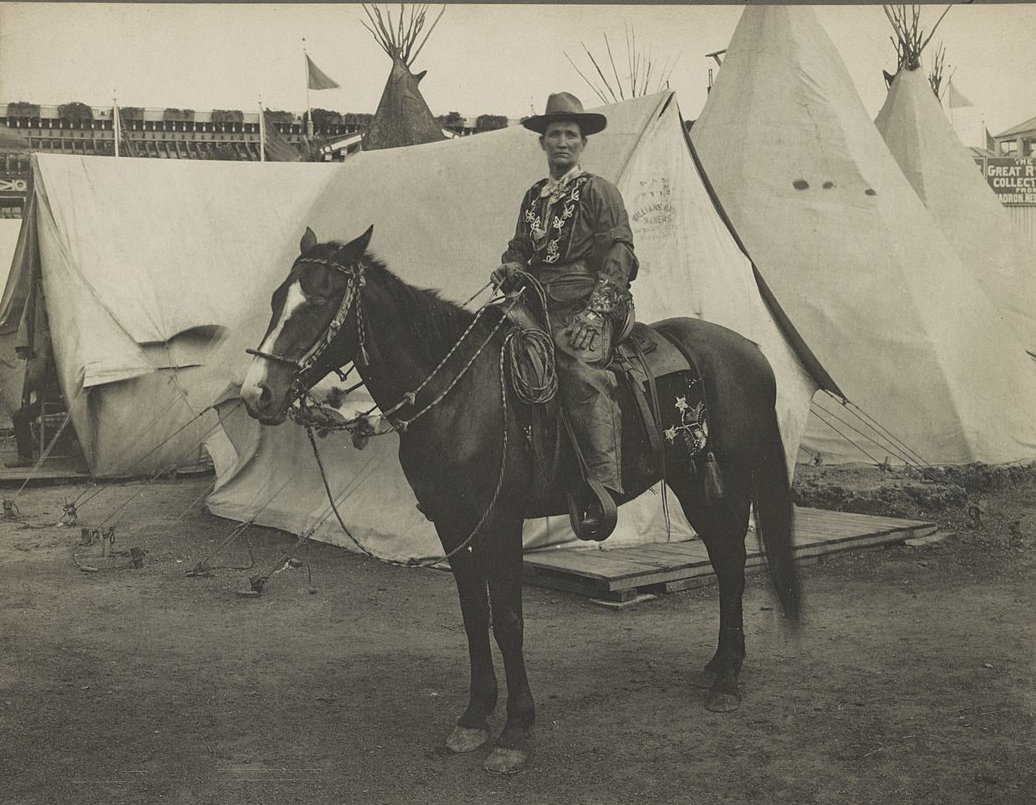 Arnold Charles Dudley, Wikimedia Commons
Arnold Charles Dudley, Wikimedia Commons
Calamity Jane
Jane was said to have had many affairs, and one of her lovers was none other than "Wild Bill" Hickcok—her most infamous relationship. Rumors about a possible marriage and child have been swirled into her history.
But surprisingly, perhaps one of the most interesting aspects of her personality was her propensity for kindness.
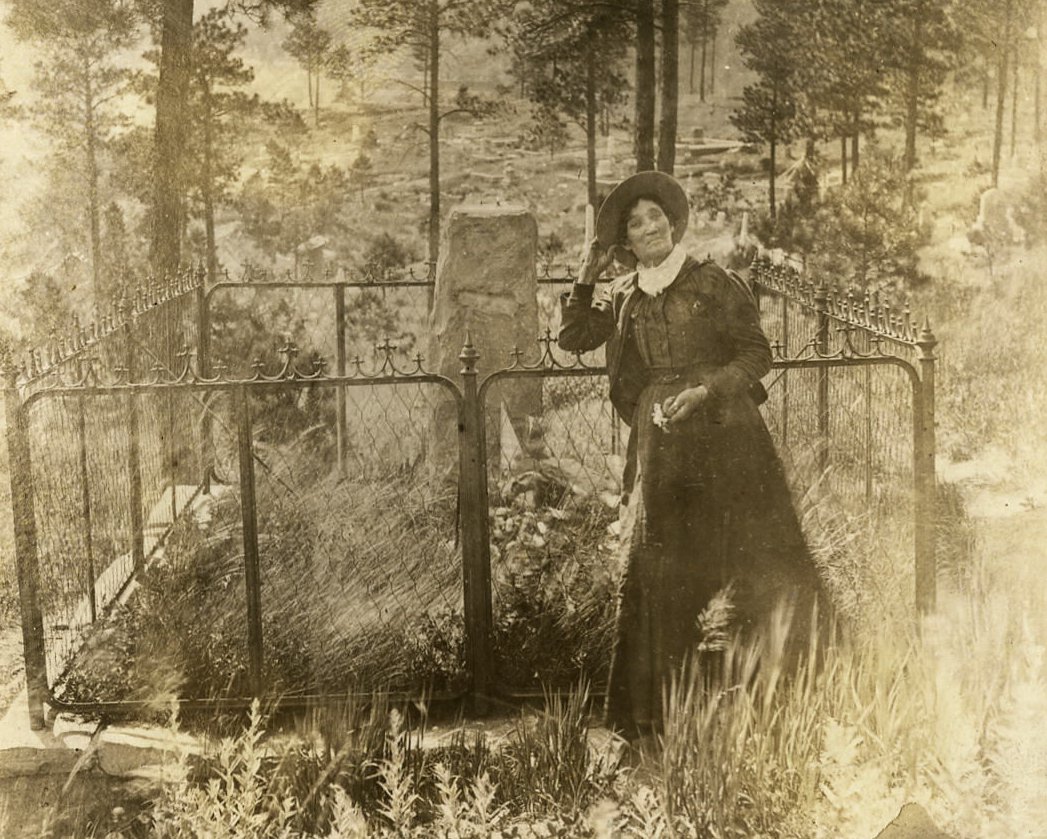 Unknown Artist, Wikimedia Commons
Unknown Artist, Wikimedia Commons
Calamity Jane
Stories about Jane suggest that she also had the heart of a hero, nursing sick people back to health and even saving a runaway stagecoach. So though she earned the nickname "Calamity," she allegedly had a soft side as well.
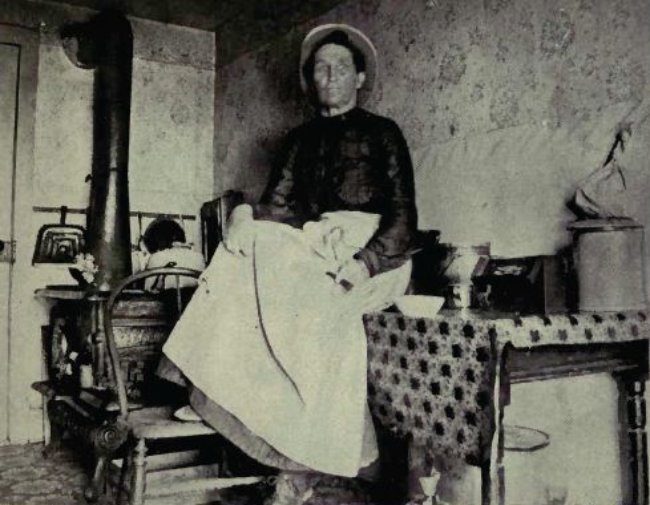 Louis R. Freeman, Wikimedia Commons
Louis R. Freeman, Wikimedia Commons
Calamity Jane
In 1895, Jane became a downright spectacle with her routine in Buffalo Bill's Wild West Show: While riding a horse, she displayed her astonishing sharpshooting abilities. Behind the scenes, though, she lived a reckless existence.
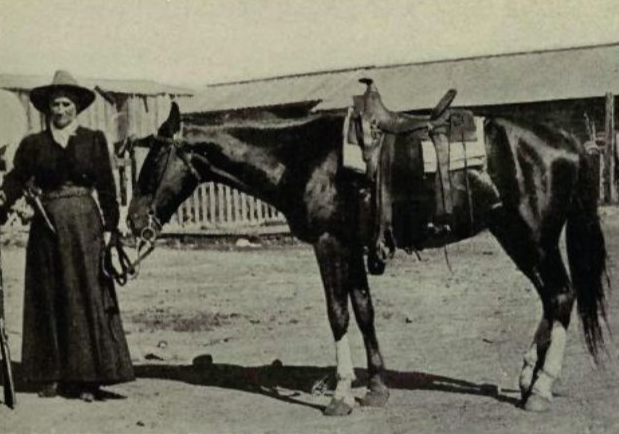 Unknown Artist, Wikimedia Commons
Unknown Artist, Wikimedia Commons
Calamity Jane
Sadly, Calamity Jane was a heavy drinker and her health suffered greatly. She lived fast and died young at the age of 51 in 1903—laid to rest right next to her fellow American folk hero, Bill Hickok.
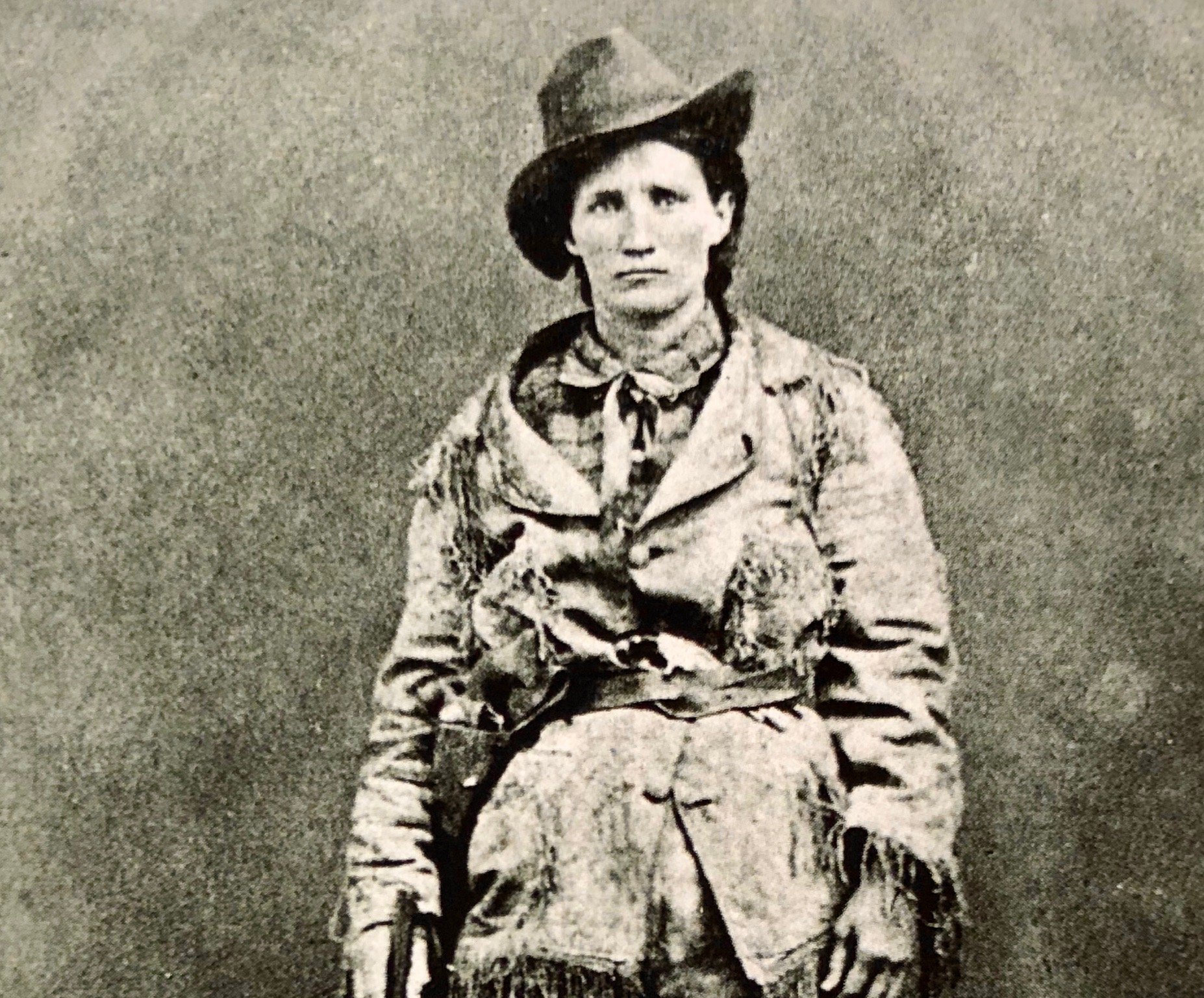 Unknown Author, Wikimedia Commons
Unknown Author, Wikimedia Commons
Molly Pitcher
The famous Molly Pitcher fought in the American Revolutionary War, but her true identity has been up for debate. There are three strong contenders. To begin with, some believe that the true woman behind this folk hero was none other than Mary Ludwig Hays.
Molly Pitcher
In 1777, Mary joined her husband, William Hays, at the Continental Army's winter camp. During the Battle of Monmouth, she was a water carrier—but that wasn't all she did.
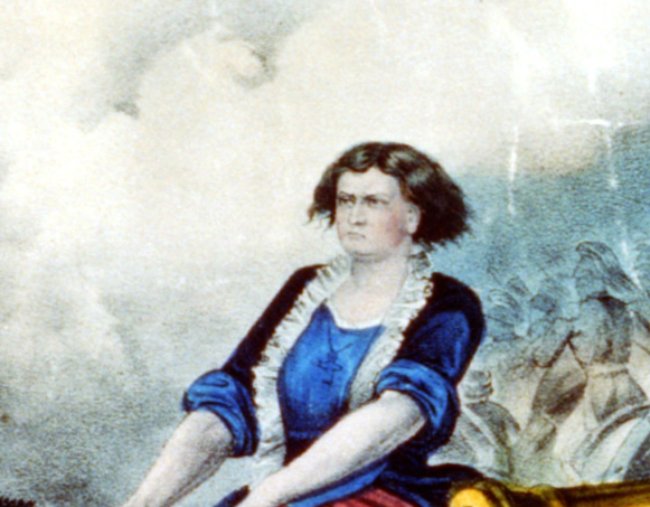 Currier & Ives., Wikimedia Commons
Currier & Ives., Wikimedia Commons
Molly Pitcher
During the fighting, Mary took her husband's place behind a cannon, even loading it. For her heroic action, George Washington later celebrated her contributions. However, there's another possible candidate for Molly Pitcher.
Molly Pitcher
Enter: Margaret Corbin. Margaret Corbin's story draws some major parallels to Mary's. She too had a husband in the Continental Army—John Corbin, an artilleryman. In 1776, when John fell in action defending Fort Washington, Margaret also took over his cannon, continuing to fight until she got wounded herself.
Molly Pitcher
Margaret's unbelievable bravery won her a military pension—the first time one had ever been given to a woman in the US. Another convincing reason she may have been the true Molly Pitcher was her nickname: "Captain Molly".
Molly Pitcher
The final possible influence for Molly Pitcher is Deborah Sampson—a woman who managed to become an officer by disguising herself as a man. Still, there was no hiding her porcelain skin and feminine voice. Even her comrades called her "Molly".
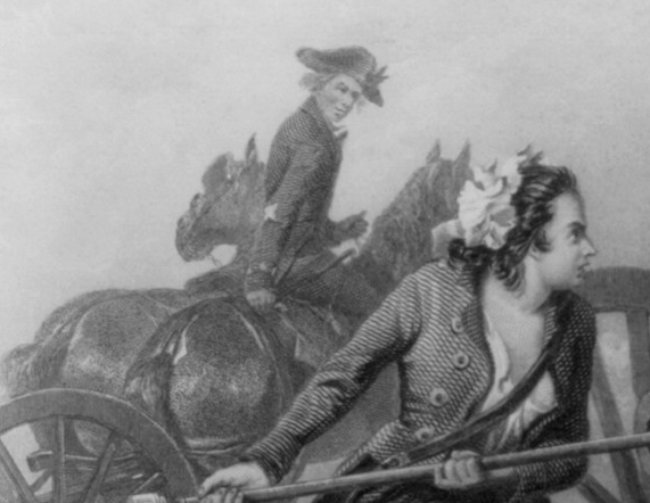 Library of Congress, Wikimedia Commons
Library of Congress, Wikimedia Commons

